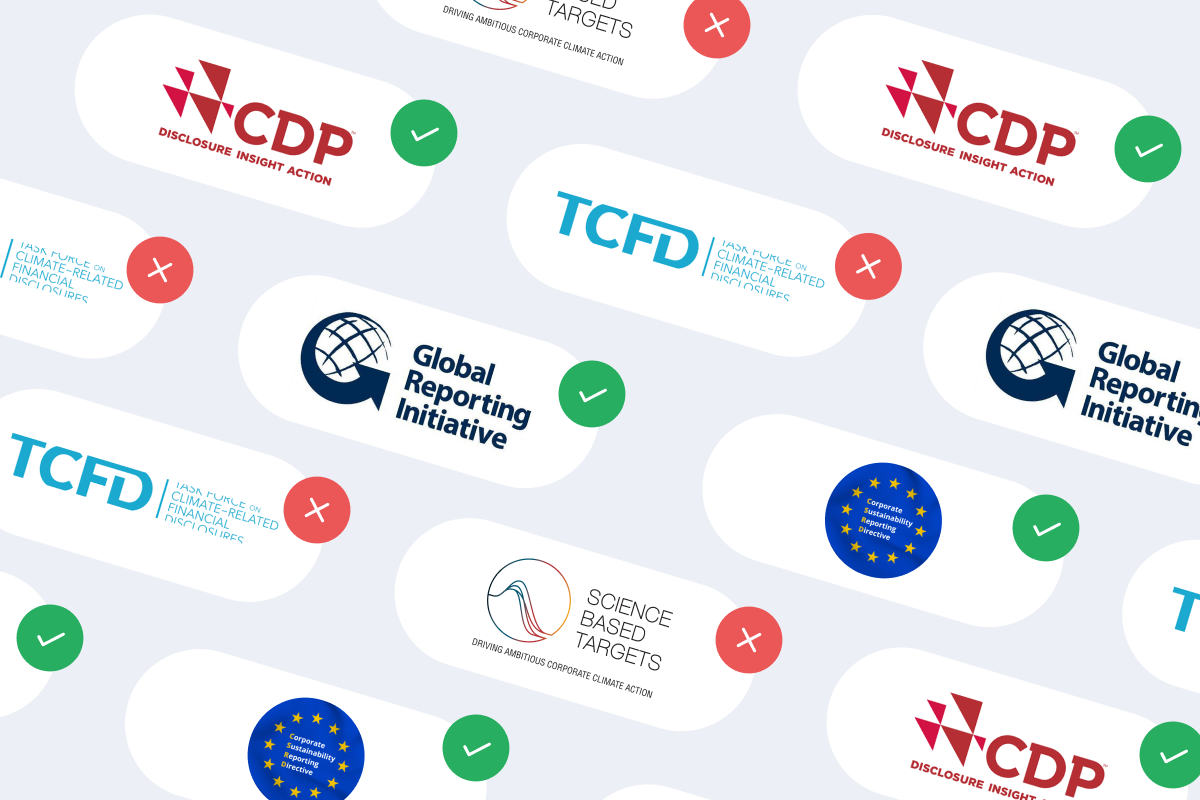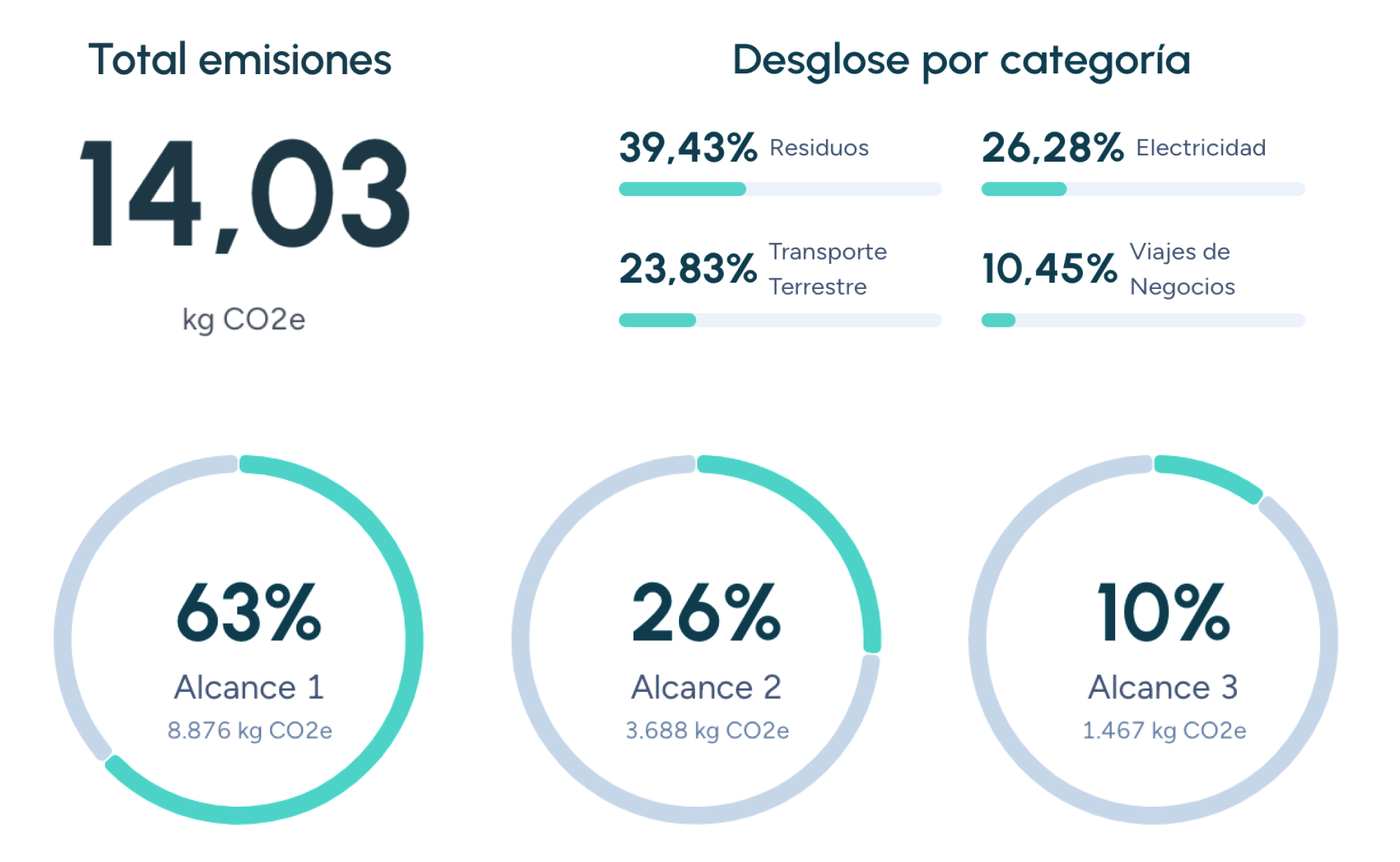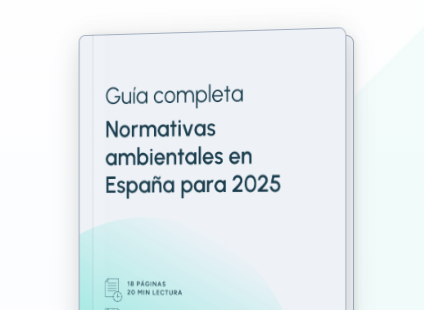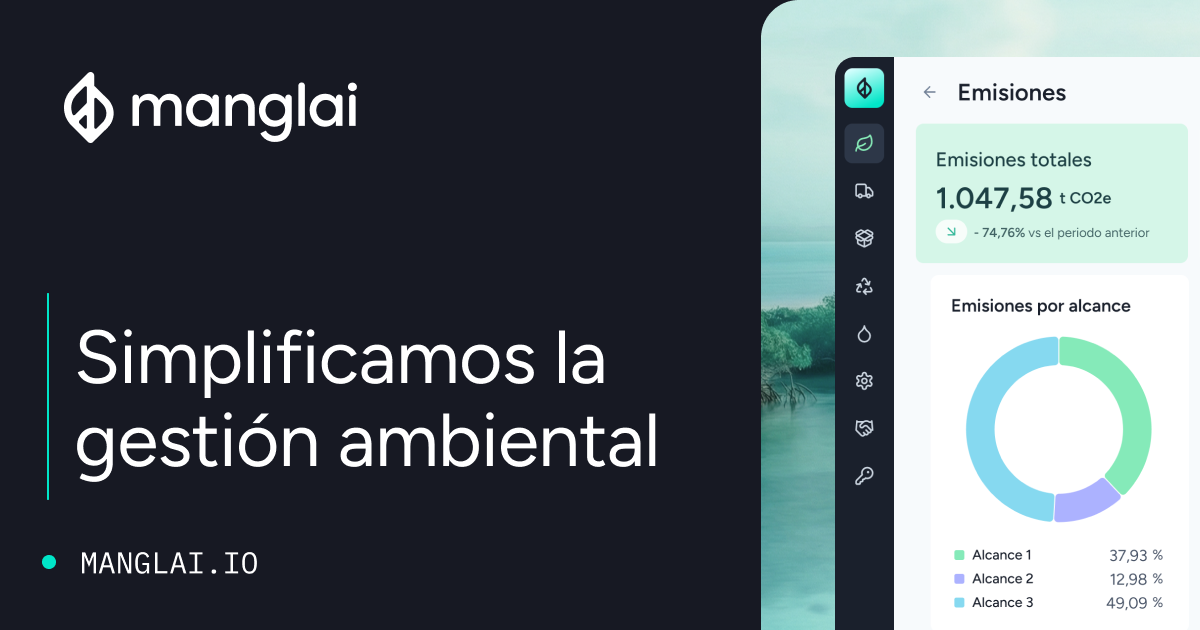S
Social aspects
The carbon footprint has become a crucial indicator for understanding the impact of our activities on climate change. While it’s often associated with direct greenhouse gas (GHG) emissions, there’s another equally important dimension to consider: the social aspects. This article delves into the intersection of the carbon footprint and the social sphere, exploring how collective decisions and actions shape our environmental impact. From consumption habits to social justice, we examine how social factors influence our path toward a sustainable future.
Breaking down the social aspects
The social aspects of the carbon footprint encompass a wide range of factors that influence how our social interactions and socioeconomic structures impact GHG emissions. Key elements include:
Consumption patterns and lifestyles
Our consumption habits—from food to transportation and leisure—have a direct impact on our carbon footprint.
- Consumption of goods and services: The production, transport, and disposal of goods and services generate GHG emissions. Choosing local, durable, and low-impact products can significantly reduce our footprint.
- Diet and food production: Industrial agriculture is a major contributor to GHG emissions. Adopting a more sustainable, plant-based diet with lower meat consumption can make a substantial difference.
- Mobility and transport: Transportation—especially air travel and private vehicles—produces significant emissions. Prioritizing public transport, cycling, and electric mobility are more sustainable alternatives.
Equity and social justice
Climate change does not affect everyone equally. Vulnerable communities—often the least responsible for global emissions—are usually the most affected by its consequences.
- Unequal distribution of impacts: Developing countries and marginalized communities often face greater risks from climate change, such as droughts, floods, and displacement.
- Historical responsibility: Developed countries carry historical responsibility for cumulative GHG emissions, which requires a stronger commitment to mitigation and adaptation.
- Just transition: The transition to a low-carbon economy must be fair and inclusive, ensuring no one is left behind and that new opportunities are created for all.
Governance and public policy
Government policies and governance play a crucial role in shaping behavior and creating an environment conducive to sustainability.
- Incentives and regulations: Policies that promote renewable energy, energy efficiency, and sustainable mobility can drive emissions reductions.
- International cooperation: Climate change is a global challenge that requires global solutions. International cooperation is essential for setting ambitious targets, sharing technologies, and financing climate action.
- Citizen participation: Active participation of civil society in climate policy decision-making and implementation is key to achieving a just and effective transition.
Measuring the social impact within the carbon footprint
Although there is no single methodology for measuring the social impact of the carbon footprint, several tools and approaches can help better understand this relationship:
- Social Life Cycle Assessment (S-LCA): This methodology evaluates the social and ethical impacts of a product or service throughout its life cycle.
- Organizational carbon footprint: When calculating an organization’s carbon footprint, it’s important to consider not only direct and indirect emissions but also the social impacts of operations and the supply chain.
- Sustainability indices: Various indices assess social and environmental performance of companies and countries, such as the Sustainable Development Index (SDI) and the Environmental Performance Index (EPI).
The way forward: Integrating social aspects
Addressing climate change and reducing our carbon footprint requires a holistic approach that integrates social dimensions into all strategies and actions.
- Promote responsible consumption patterns: Foster a culture of conscious consumption focused on reducing, reusing, recycling, and choosing sustainable products and services.
- Advance climate justice: Ensure climate policies address existing inequalities and that vulnerable communities receive the support needed to adapt to climate change.
- Strengthen climate governance: Implement ambitious and effective policies that drive the transition to a low-carbon economy with active participation from all social actors.
By understanding and addressing the social aspects of the carbon footprint, we can move toward a more sustainable and equitable future for all.
Companies that trust us

Agricultural Water Footprint
The agricultural water footprint is the total volume of freshwater (green, blue, and grey) consumed and polluted in the production of crops and livestock products.
Blue Water Footprint
The blue water footprint represents the volume of surface and groundwater withdrawn from rivers, lakes, reservoirs, and aquifers to produce goods and services.
Blue Water Scarcity
Blue water scarcity is an indicator that compares the consumption of surface and groundwater resources (blue water footprint) with the availability of renewable freshwater within a river basin over a specific period.
Guiding businesses towards net-zero emissions through AI-driven solutions.
© 2025 Manglai. All rights reserved
Política de Privacidad


